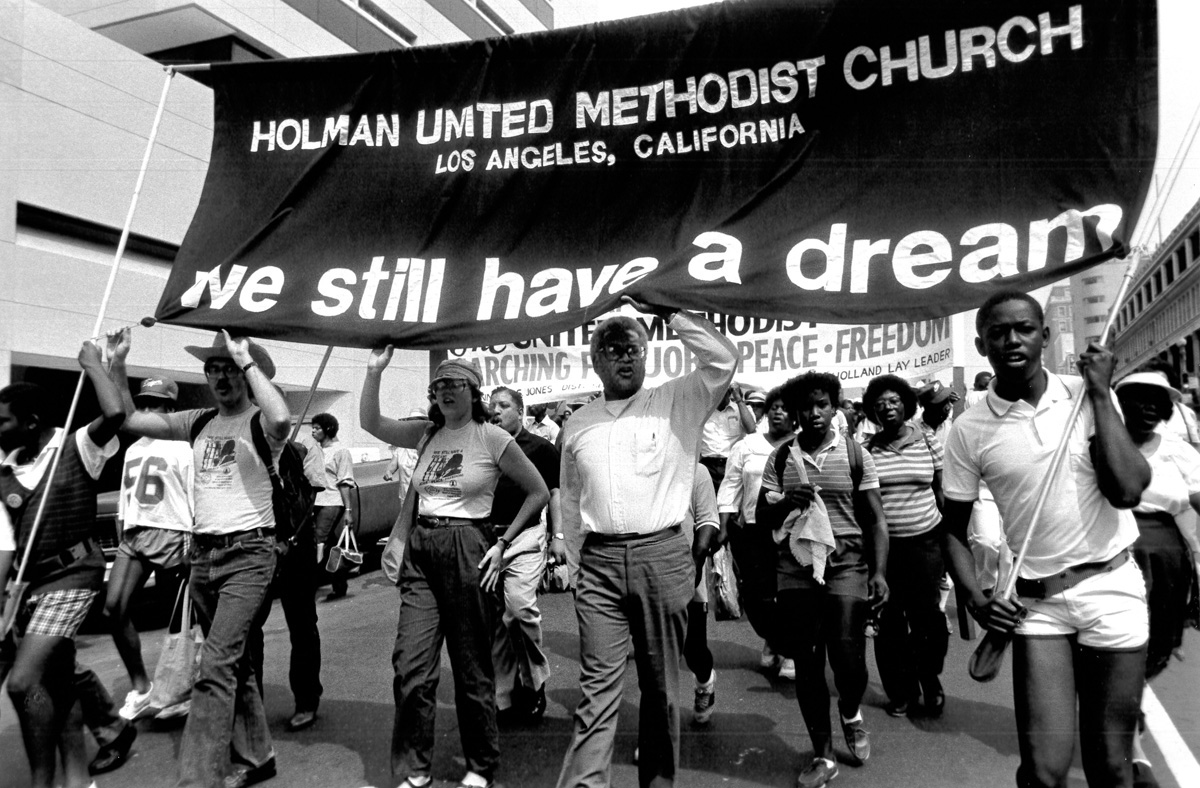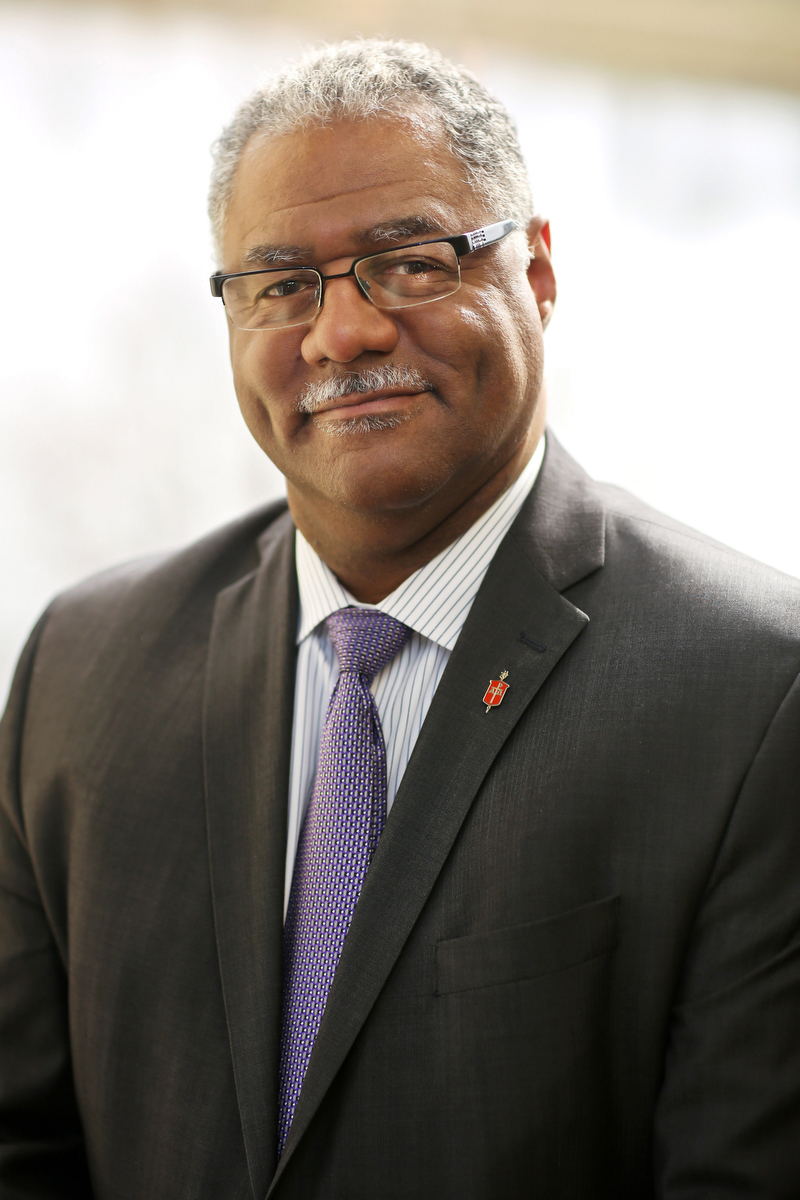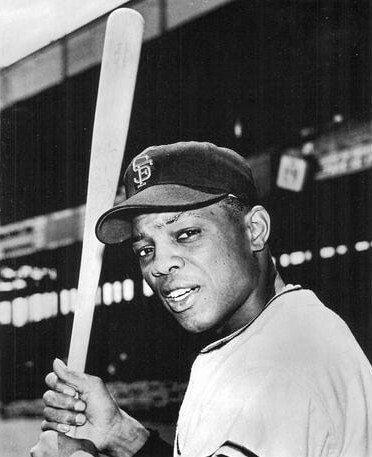
Key points:
- Bishop Julius C. Trimble writes about the influence that the Rev. James Lawson, theologian Jürgen Moltmann and baseball legend Willie Mays had on his life.
- He writes that the intractable nature of segregation against Black people in the South was exposed and eventually dismantled because of Lawson’s work.
- Moltmann was a German theologian “whose writing about hope and the crucified Christ left an indelible mark” on Trimble’s growth as a theology student and pastor, he says.
- The bishop notes that Mays remained an ambassador for baseball and for more access for underprivileged children to play the game.

Photo by Tessa Tillett for the Indiana Conference.
Commentaries
Three giants died this June. They were all past the age of 90 and they all impacted the world in significant ways. I am writing this brief reflection because they all influenced my life and leadership.
The Rev. James Lawson was one of the foremost proponents of nonviolence. The late Congressman John Lewis called him a natural-born teacher.
Lawson, a United Methodist pastor and preacher, was a pivotal figure in the civil and human rights movement as well as the labor movement and the ongoing movement to eliminate discrimination against the LGBTQ community. He was a true pacifist who went to prison for 14 months for refusing to serve in the military during the Korean War.
In 1953, he joined a Methodist mission to India and devoted himself to the study of Gandhian nonviolence. The Rev. Martin Luther King Jr. invited Lawson to join the Civil Rights Movement in 1957. Lawson is responsible for equipping young men and women with the teachings and tactics of nonviolent resistance that became a hallmark strategy for justice movements around the world.
After 25 years as pastor of Holman United Methodist Church in Los Angeles, Lawson retired. But he never retired from his role as a mentor, advocate and master teacher of the principles of nonviolent resistance for the purpose of equality for all people. The intractable nature of segregation against Black people in the South was exposed and eventually dismantled because of Lawson’s work in Nashville and his training of hundreds of leaders and foot soldiers for peace and justice.

Jürgen Moltmann was a German theologian whose writing about hope and the crucified Christ left an indelible mark on my growth as a theology student and pastor.
Moltmann is reported to have said, “I didn’t find Christ. He found me.” He was not a fan of abstract theology that turned people off. He was an unapologetic advocate for a high Christology of the work of the crucified and risen Jesus. Hope was tied to realized eschatology of the Kingdom of God and the fervor that was rooted in a love for the incarnational God.
Like many others who read Moltmann’s books, I found places of disagreement. I also found a consistent call for the Church to be the Church of Hope for an often-troubled world.
The World Council of Churches called Moltmann “the most widely read Christian theologian” of the past 80 years. I will be reading his works again this summer as we face one of the most consequential elections in history this fall. We need a healthy theology of hope wed with the activism for justice as demonstrated by Rev. Lawson.
The third giant to die is the great Willie Mays.
I feel that the adjective “great” seems inadequate for a person many have called the greatest all-around baseball player in the history of American baseball. He played two years in the Negro Leagues before he followed Jackie Robinson as one of the first few Black players to receive a professional baseball contract in the major leagues.

Segregation and his two years of military service from 1952-1954 may be the only things that prevented the great “Say Hey Kid” from hitting 800 home runs. The New York Giants and then the San Franciso Giants were teams that were blessed to have this superstar. He made incredible catches in the outfield and made the difficult seem routine. His 7,112 putouts as an outfielder rank No. 1 in major-league history.
Born in Alabama, he was no stranger to prejudice and open discrimination. When the Giants moved to San Francisco, Mays again faced discrimination. His play and cool demeanor won over the fans, and he excelled in what was not considered a hitters’ park.
His last at-bats were with the New York Mets, however Mays will always be considered a Giant. He remained an ambassador for baseball and for more access for underprivileged children to play the game. I remember playing baseball in a dirt lot next to the railroad tracks in Chicago. We all wanted to make basket catches like the great Willie Mays.
There is an African Proverb that says, “When an old person dies, we lose a library.” All three of these giants are considered “hall of famers” in their respective professions. All three have impacted lives in a positive way for those who have followed them. All of them made contributions to humanity and died on the right side of history.
Pray first, think second, act third.
Be encouraged.
Trimble leads the Indiana Episcopal Area of The United Methodist Church.
News contact: Tim Tanton or Joey Butler at (615) 742-5470 or newsdesk@umcom.org. To read more United Methodist news, subscribe to the free Daily or Weekly Digests.


